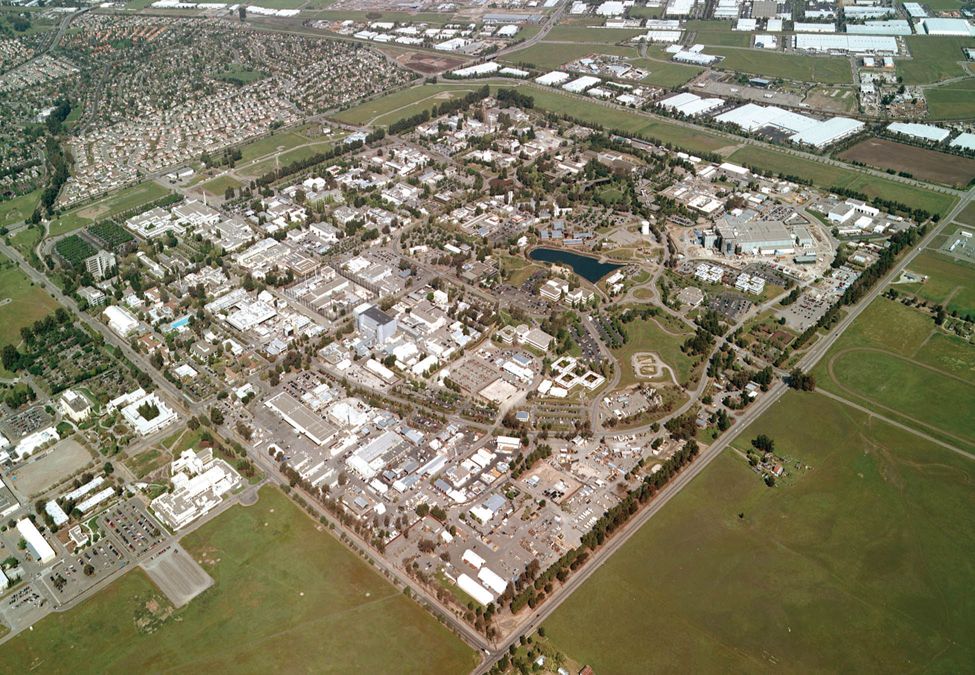In Sam Raimi’s Spider-Man 2 (2004), Otto Octavius (the character later known as antagonist Doc Ock), has the goal of successfully harnessing the power of a nuclear fusion reactor. He excitedly proclaims “the power of the sun, in the palm of my hand!“- though the uncontrollable reactor ends up causing many more problems than it solves.
On December 5th, 18 years after the release of that film, the real life scientific team at the Lawrence Livermore National Laboratory (LLNL) successfully achieved what the fictional Doc Ock could not. They reached fusion ignition- meaning the amount of energy produced from their fusion reaction was greater than the amount of energy they put into it.
What is Nuclear Fusion?
Nuclear fusion describes when two (or more) atomic nuclei are combined to produce a single, heavier nucleus- releasing a tremendous amount of energy in the process. The process of nuclear fusion is found in the tremendous pressures and temperatures at the center of stars like our sun. Albert Einstein’s well known equation, E = mc², can be used to figure out how much energy a fusion reaction releases. As we see here, the energy (E) equals the mass (m) of an object, which is multiplied by the square root of the speed of light (c). This demonstrates how energy and mass are equivalent, and how a tiny quantity of mass may provide a significant amount of energy.
Nuclear fusion is incredibly significant because it has the potential to create a practically limitless supply of clean energy that emits little to no greenhouse gasses. Additionally, the main fuel for fusion reactions are isotopes of hydrogen, which is easily accessible and can be quickly and efficiently extracted from saltwater and lithium.
What is the Difference Between Fusion and Fission?
When you think of nuclear energy, the process of nuclear fission may be the first thing to come to mind. While both the processes of fusion and fission produce energy, they differ in the type of reaction that occurs. While fusion describes the combining of two or more atomic nuclei into one larger nucleus, fission describes the dividing of a single atomic nucleus into two or more smaller nuclei.
While the process of fission is currently simpler to start and regulate than fusion, it creates radioactive waste, and has the potential for dangerous accidents. Nuclear fusion produces no hazardous radioactive waste, and it has a far lower chance of accidents than nuclear fission. Basically, while both processes produce high amounts of energy, fission has a higher risk of waste and accidents than fusion does.

Why is Fusion Ignition a Big Deal?
The importance behind the successful test on December 5th can be summed up in two words: self sustaining. Fusion ignition describes the moment when a fusion reaction can maintain itself, and the scientists at LLNL have become the first in history to successfully achieve this. This represents a significant step in progress towards finding a virtually endless source of clean energy.
As a harnessed energy source, nuclear fusion would be incredibly advantageous. Not only would it provide a near limitless abundance of energy, but it would be immune to the disadvantages of other sources of energy generation such as shortages and price instability. Nuclear fusion energy, if made widely available, would also lessen our reliance on environmentally harmful fossil fuels / other energy sources that are contributing to climate change and harming the environment.
What are the Challenges?
Engineers and scientists have been working on harnessing the power of nuclear fusion for decades. While growing concerns over climate change only add to the pressure, there are several obstacles that scientists must overcome in order to create successfully functional nuclear fusion reactors:
Temperature. One of the main obstacles is that fusion reactions require both extremely high temperatures and pressures.
Scale. The significant amount of heat needed for and generated by nuclear fusion needs to be controlled in order to keep the reactor at the correct temperature and pressure, and scientists are still working on the problem of how to reproduce the reaction on a larger scale.
Consistency. Fuel must be continuously added for nuclear fusion to occur, and any change in the surrounding working environment will have a significant impact on the reaction.
While there is still a long way to go before nuclear fusion is a viable energy source on a wide reaching scale, the historic progress of achieving fusion ignition inspires a lot of hope for the future of clean energy.
Additional Information:







